Recombinant Human BPIFA2 protein(Met1-Ile249), His-tagged
| Cat.No. : | BPIFA2-8619H |
| Product Overview : | Recombinant Human BPIFA2 (Q96DR5) (Met1-Ile249) was expressed in HEK293 with a polyhistidine tag at the C-terminus. |
- Specification
- Gene Information
- Related Products
- Case Study
- Application
- Download
| Species : | Human |
| Source : | HEK293 |
| Tag : | His |
| Protein Length : | Met1-Ile249 |
| Form : | Lyophilized from sterile PBS, pH 7.4. Normally 5 % - 8 % trehalose, mannitol and 0.01% Tween80 are added as protectants before lyophilization. |
| Molecular Mass : | The recombinant human C20orf70 consists of 242 amino acids and predicts a molecular mass of 26.5 KDa. It migrates as an approximately 35 KDa band in SDS-PAGE under reducing conditions. |
| Endotoxin : | < 1.0 EU per μg of the protein as determined by the LAL method. |
| Purity : | > 85 % as determined by SDS-PAGE |
| Storage : | Samples are stable for up to twelve months from date of receipt at -20°C to -80°C. Store it under sterile conditions at -20°C to -80°C. It is recommended that the protein be aliquoted for optimal storage. Avoid repeated freeze-thaw cycles. |
| Reconstitution : | It is recommended that sterile water be added to the vial to prepare a stock solution of 0.2 ug/ul. Centrifuge the vial at 4°C before opening to recover the entire contents. |
| Gene Name | BPIFA2 BPI fold containing family A, member 2 [ Homo sapiens ] |
| Official Symbol | BPIFA2 |
| Synonyms | BPIFA2; BPI fold containing family A, member 2; C20orf70, chromosome 20 open reading frame 70; BPI fold-containing family A member 2; bA49G10.1; PSP; SPLUNC2; parotid secretory protein; short palate, lung and nasal epithelium carcinoma associated 2; short palate, lung and nasal epithelium carcinoma-associated protein 2; C20orf70; |
| Gene ID | 140683 |
| mRNA Refseq | NM_080574 |
| Protein Refseq | NP_542141 |
| UniProt ID | Q96DR5 |
| ◆ Recombinant Proteins | ||
| BPIFA2-8619H | Recombinant Human BPIFA2 protein(Met1-Ile249), His-tagged | +Inquiry |
| BPIFA2-2143H | Recombinant Human BPIFA2 Protein, His-tagged | +Inquiry |
| BPIFA2-2254H | Recombinant Human BPIFA2 Protein (14-249 aa), His-SUMOSTAR-tagged | +Inquiry |
| BPIFA2-557R | Recombinant Rhesus monkey BPIFA2 Protein, His-tagged | +Inquiry |
| BPIFA2-1007R | Recombinant Rat BPIFA2 Protein | +Inquiry |
| ◆ Cell & Tissue Lysates | ||
| BPIFA2-1459HCL | Recombinant Human BPIFA2 cell lysate | +Inquiry |
| BPIFA2-1338HCL | Recombinant Human BPIFA2 cell lysate | +Inquiry |
Case 1: Prokopovic V, et al. Arch Oral Biol. 2014
Human BPIFA2, also known as parotid secretory protein, is part of a family of proteins linked to antibacterial activity in places like the mouth. This study aimed to isolate and analyze BPIFA2. Using a straightforward affinity chromatography method, the protein was extracted from human saliva. After purification, it was identified through trypsin mass fingerprinting and examined with electrophoretic methods. Tests showed that BPIFA2 can stop Pseudomonas aeruginosa from growing even at really low levels, and it does this without causing the bacteria to clump together. This highlights its promise as an antibacterial agent.
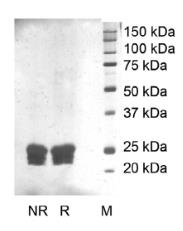
Fig1. SDS-PAGE analysis of isolated BPIFA2 in non-reducing (NR) and reducing conditions (R) on 12% polyacrylamidegel.
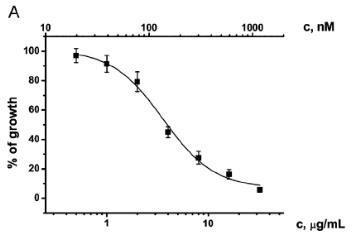
Fig2. Inhibition of P. aeruginosa growth with BPIFA2 was monitored.
Case 2: Nandula SR, et al. Exp Physiol. 2020
Saliva has many functions and is very important to the human body. It also fights germs and inflammation and even helps animals regulate body heat while grooming. BPIFA2, a salivary protein, plays a part in binding lipids and LPS in mucosal areas, but exactly what BPIFA2 does isn't fully clear yet. Studies on mice without BPIFA2 (KO mice) revealed that their saliva was less effective at spreading, resembling water in surface tension. This indicates that BPIFA2 acts as a surfactant in saliva, keeping its tension low. Even though this didn't change how KO mice consumed dry food or groomed themselves, their saliva had less LPS compared to normal mice. These KO mice had more bowel movements in response to LPS intake, hinting that BPIFA2 helps dissolve and act on LPS. They also showed increased insulin release and metabolic shifts indicating mild endotoxemia, reinforcing BPIFA2's role in managing LPS.
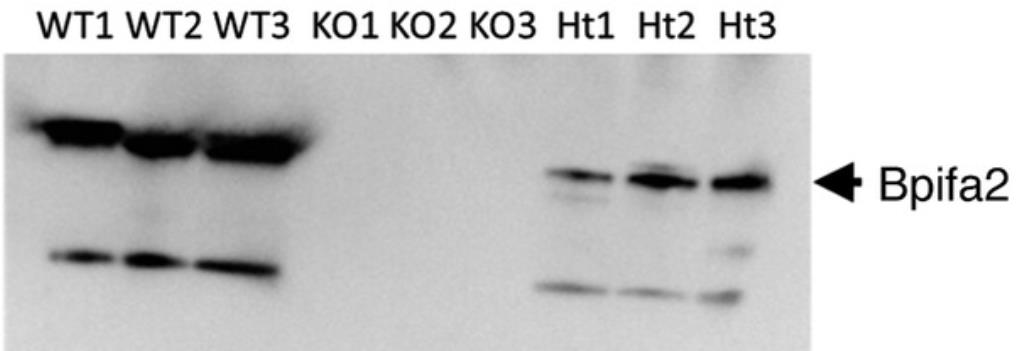
Fig1. Detection of BPIFA2 in mouse saliva by immunoblotting.
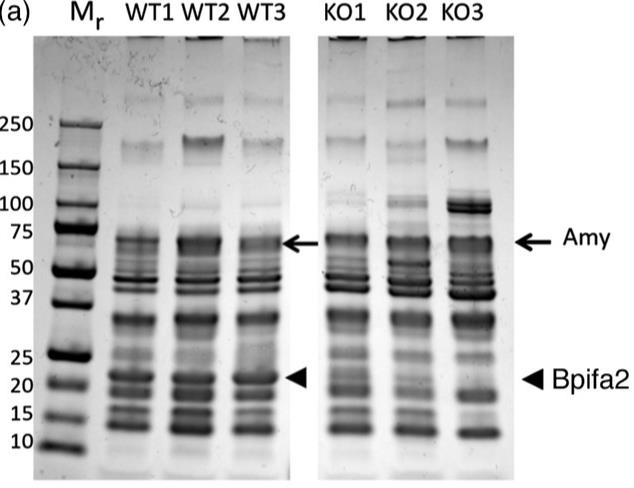
Fig2. Stimulated whole saliva from three wild-type (WT) and three Bpifa2 knockout (KO) male mice was analysed by SDS-PAGE.
BPIFA2, often referred to as parotid secretory protein (PSP), is a key player in our body's innate immune defenses, packing a serious punch against bacteria like Pseudomonas aeruginosa.
When it comes to research, recombinant Human BPIFA2 (rhBPIFA2) is the go-to for digging into how it ramps up antibacterial responses, especially in areas like the mouth. This protein can latch onto bacterial lipopolysaccharide (LPS), slowing down bacterial growth, which makes it an awesome asset for figuring out ways to boost our natural defenses against infections. Scientists are also eyeing BPIFA2 as a potential therapeutic agent or a target for crafting new antibacterial tactics, especially to tackle tough, antibiotic-resistant bugs like Pseudomonas aeruginosa.
On the industrial side, rhBPIFA2 is produced for its antibacterial prowess in drug discovery and development. Made in HEK293 cells and tagged for easy cleaning, this recombinant protein is a staple in developing new medicines and diagnostic tools. Its mass production ensures that scientists get consistent materials, which is crucial for reliable, repeatable experiments. Plus, churning out rhBPIFA2 on a large scale opens the door for its use in clinical settings, especially for coming up with groundbreaking antibacterial treatments.
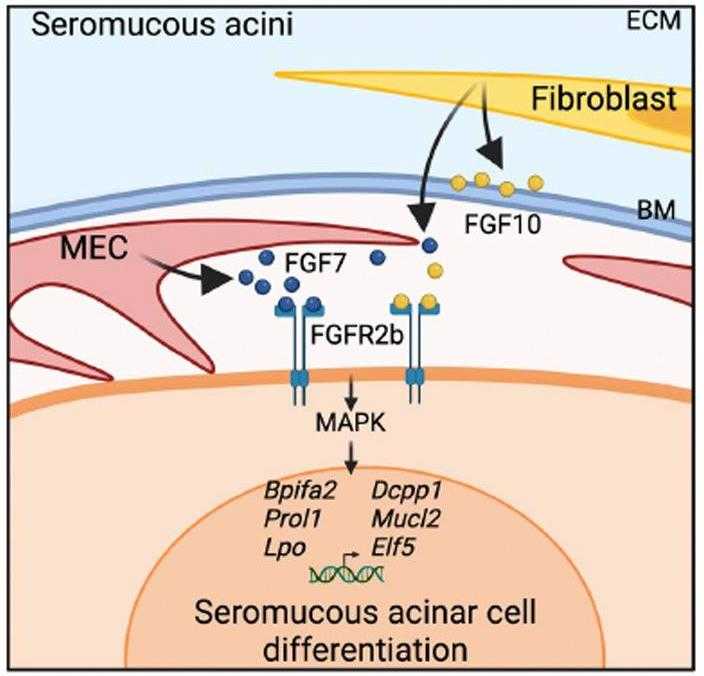
Fig1. Model of BOLA3 deficiency in PH. (Marit H Aure, 2023)
Not For Human Consumption!
Inquiry
- Reviews
- Q&As
Ask a Question for All BPIFA2 Products
Required fields are marked with *
My Review for All BPIFA2 Products
Required fields are marked with *
Inquiry Basket


